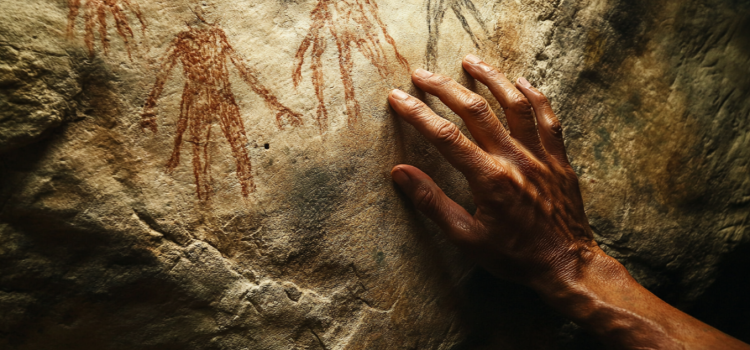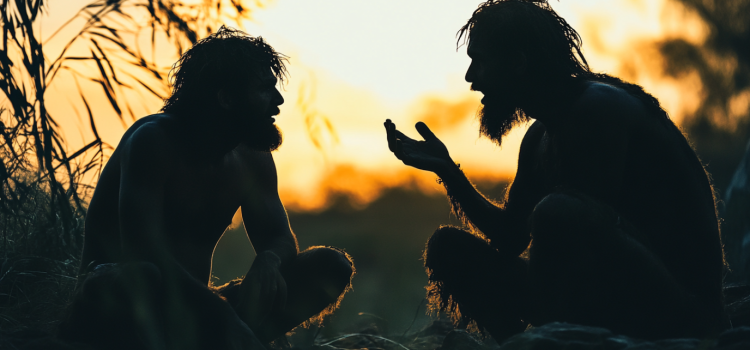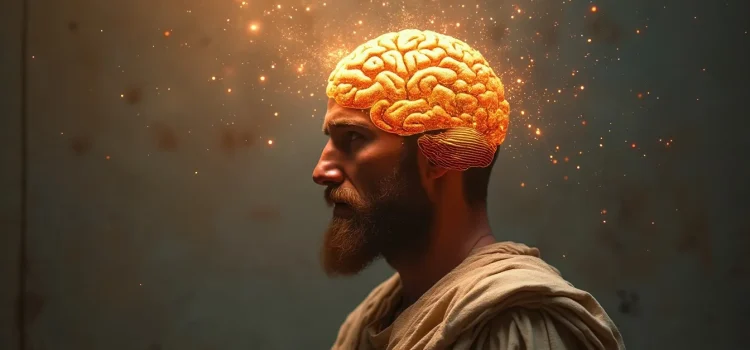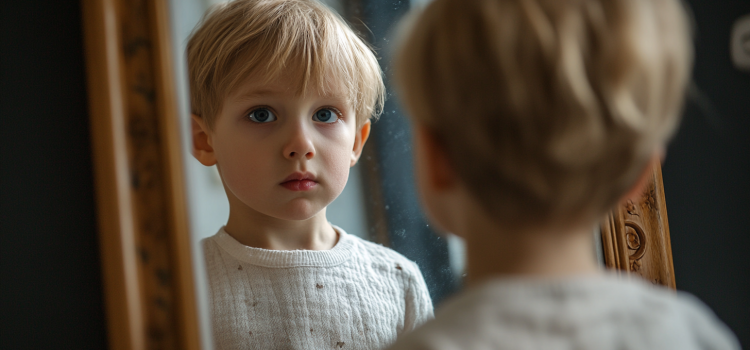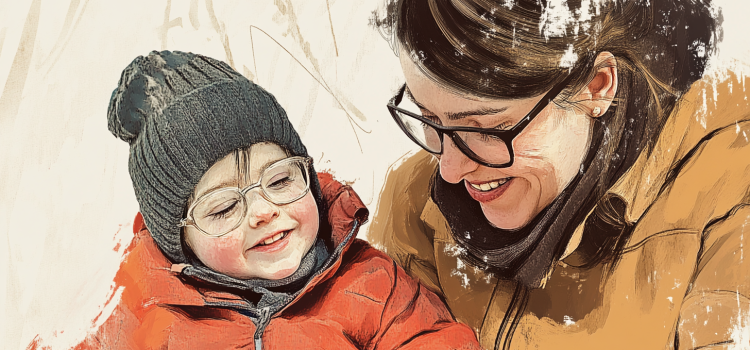When did humans develop consciousness? How did the development of writing fundamentally change the way our ancestors thought and made decisions? Julian Jaynes proposes that early humans relied on auditory hallucinations—voices they attributed to gods—rather than self-reflection for guidance. He believes that humans developed consciousness gradually as societies became more complex. Keep reading to explore Jaynes’s theory about how humans developed consciousness as we experience it today.
When Did Humans Develop Consciousness? (Jaynes)
